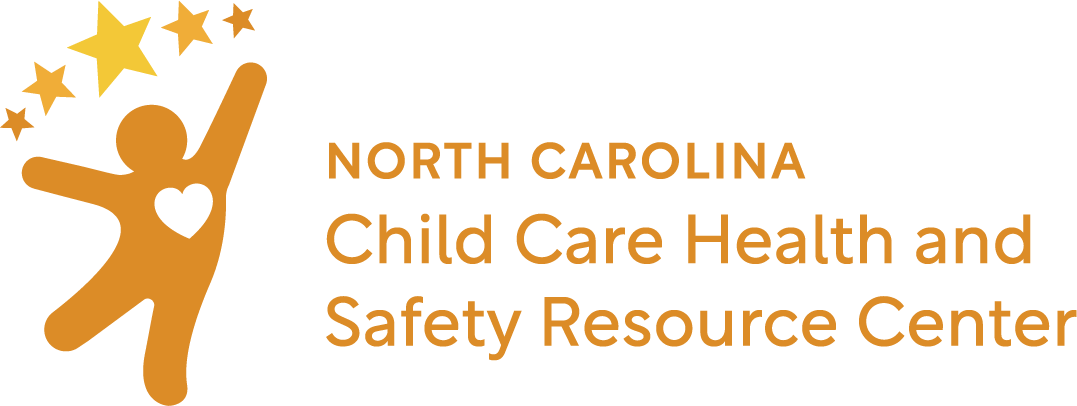Environmental Health
Child Care Health Consultant Competency 15: Environmental health
(Source: Early Childhood Learning & Knowledge Center, Child Care Health Consultant Competencies)
- Demonstrates understanding of the effects of exposure to environmental health hazards on children’s health
- Works with programs to coordinate environmental health assessments
- Helps programs identify nontoxic or least-toxic products for their environment
- Helps programs develop policies and procedures related to use and storage of hazardous and toxic substances
- Helps programs develop policies and procedures related to integrated pest management to reduce exposures to pesticides and harmful substances
- Helps programs develop policies related to assessing and managing indoor and outdoor air quality
- Refers programs to community resources that can assist with identification and remediation of environmental health hazards
- Helps programs consider how to reduce environmental health hazards when planning for construction, remodeling, repairs, or purchases
- Identifies educational materials for staff and families about environmental health hazards
Find a CCHC in your community.
Featured Initiatives and Resources
 The CEH Unit includes two child care programs:
The CEH Unit includes two child care programs:
1. The Child Care Sanitation Program monitors and oversees sanitation requirements for child care centers and provides consultation to local health departments on communicable disease control and sanitation.
2. The Childhood Lead Poisoning Prevention Program coordinates clinical and environmental services aimed at eliminating childhood lead poisoning.
The Toxic Free Kids program seeks to reduce children’s exposure to pesticides and other toxic chemicals in the environments where they live, learn, and play.
Toxic Free NC is the only state-licensed provider of training for early childhood educators on Integrated Pest Management (IPM). IPM is a least-toxic approach to pest management that prioritizes prevention practices and minimizes unnecessary use of chemical pesticides.

The Choose Safe Places (CSP) program is part of a national initiative to protect children from harmful exposures to chemicals while attending child care centers.
The CSP program works with child care providers to ensure child care centers are located in areas free of harmful substances, such as lead, arsenic, or volatile organic compounds.
Additional Resources
- Children’s Environmental Health Network (CEHN)
CEHN is a national multi-disciplinary organization whose mission is to protect the fetus and the child from environmental health hazards and promote a healthy environment. - Consumer Product Information Database
The database links to over 23,000 consumer brands to health effects and has been designed to educate consumers on chemical ingredients of household products. - Environmental Working Group (EWG)
EWG is the nation’s leading environmental health research and advocacy organization with a mission to serve as a watchdog to see that Americans get facts in order to make healthier choices and enjoy a cleaner environment. - Healthy Child Care
This website is a resource from the United States Environmental Protection Agency (EPA) for early educators, families and government organizations. Information, resources, and training curricula on asthma, lead, mold, plastics, pesticides, tobacco smoke, and additional environmental health topics. - “Henry the Hand”
This is a handwashing program with the vision of improving health by raising awareness of the role our hands play in the transmission of disease. - North Carolina Healthy Homes
Healthy Homes provides general information to the public on healthy homes issues, such as asbestos, chemical irritants, lead, mold and moisture, pests and pesticides, radon, and secondhand smoke. - Pesticides
This website provides information and resources to reduce risk of poisoning incidents. - Protecting Children’s Environmental Health
This website provides information from the United States Environmental Protection Agency about children’s health, the environment, and how to protect children’s environmental health. - The National Institute of Environmental Health Sciences (NIEHS)
The mission of the NIEHS is to reduce the burden of human illness and disability by understanding how the environment influences the development and progression of human disease. - United States Environmental Protection Agency (EPA)
EPA protects people and the environment from significant health risks, sponsors and conducts research, and develops and enforces environmental regulations.
